Mathematical Topics: Density & Volume
Relevance: Dominican Republic
Suggested Age: 8th | 9th | 10th
Suggested Course: Geometry

Lesson Summary:
This lesson intends to explore density by comparing the density of American and Dominican cakes. Students will learn about Bizcocho Dominicano and explore how baking has impacted Dominican communities in New York City. Students will engage in discussions around bakery business owners sharing their love of Dominican cakes in their local communities. Students will then explore the relationship between volume, density and baking recipes. Students will calculate the difference in density using volume of a cylinder and mass from the impact of eggs and other ingredients in recipes. Discussion questions guide students to discuss seeing Hispanic immigrants as mathematics through a lens of baking. Lastly, there are a variety of extension activities available to choose from based on student interest that can be seen below.
This lesson was inspired by Emely Torres, a student in New York City. For her final project in Ethnomathematics, she wanted to focus on celebrating the contributions from her Dominican heritage. She was eager to explore seeing how those in her community are engaging in mathematics everyday through baking as she frequented Dominican bakeries during her childhood in New York City. Her parents have always taught her the resilience of Dominican immigrants and wanted to explore how mathematics relates to their stories. Emely is committed to recognizing the contributions of those from her community and acknowledging how they can be seen as doers of mathematics.
Remember that the lesson guides are just suggestions. Feel free to create your own options, use some of our suggested ones or even use it all. Most importantly consider your student population, involve them in the research and expand the lessons to fit your needs.
Our Lesson Plan
Our lessons are made to be printed or downloaded. Please do so through the link below.
Our Presentation
Our presentations are made to be printed or downloaded. Please do so through the link below.
Student Handouts
Our student handouts are made to follow the progression of the teacher guide. Download and edit to fit your students needs.
Hook: (5-7 minutes, slides 2-5)
Students will be given two different images: one of a Bizchoto Dominicano slice of cake and the other of a classic white American cake. Students will complete a notice and wonder about the two images. Hopefully students will begin to discuss the possible differences in density and depth to a Dominican cake versus an American. A more open-ended opening asks students what their favorite type of cake is, how they compare and generally what makes a good cake. These openings are intended to provide access to all students to engage in conversations about their own communities, interests and favorite foods.
Relevance Explored: (20-30 minutes; slides 6-9)
Students will be given the chance to learn about the style of Dominican cakes and how they differ from classic American cakes. Students will learn about the process of baking Dominican cakes and how it can impact the density. Additionally, students will begin to explore how starting bakery business was popular for Dominican immigrants in New York City. Students can explore Angela’s Bakery and Angela’s Cakes in New York City. Additionally they can also learn about Yolanda Andujar’s business and her story as a Bronx Dominican Baker. Students will explore more about entrepreneurship in New York City and the stories of more specifically Dominican immigrant experiences.
Mathematical Exploration: (20-30 minutes; slides 9-13)
Students will get the chance to actually calculate the density of both bizcocho Dominicano and a classic American cake. The student handout can be found here. Students will begin by reviewing how to calculate density when given the volume and mass. Students will then be given two recipes one for bizcocho Dominicano and a classic American cake. Students will assume that both cakes are baked in a standard rectangular prism pan size of 8in x 3in x 2in to calculate the volume. Students will then calculate the mass of each cake using the weight of each ingredient in grams, noting the difference in using egg yolks vs eggs. Students will then use the mass and volume to calculate the density and compare.
Student Discussion: (10-15 minutes; slides 14-15)
Students should be given the time to discuss and debrief their learnings. The discussion questions encourage students to consider the implications and importance of Dominican, often women, being doers of mathematics. It also explores Eurocentrism and our perception of mathematicians being solely European. The discussion questions also give students the chance to explore the implications of the immigrant experience in America.
Extension Activities: (slides 16-18)
- Extension 1: (slide 17) Students can think about other cakes that might come from their own communities or cultures. They can find recipes to compare the density differences between a new cake and bizcocho Dominicano or a classic American .
Extension 2: (slide 18) Students can explore the density of different foods through experimentation from eduaction.com. This activity can provide a cross-curricular experience with science.
.
More Lessons
Below you’ll find our resources which are filterable by their age group and mathematical topic.
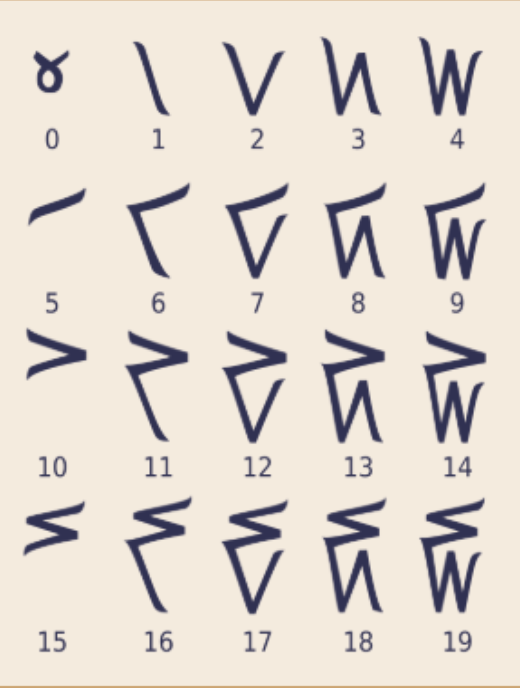
Kaktovik Numerals & Base 20

Tessellations in West African Hair Braiding

Density in Dominican Cakes compared to American Cakes
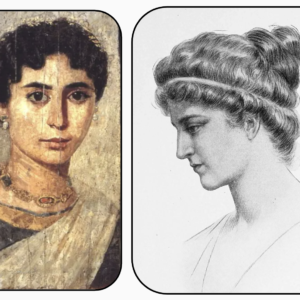
Hypatia of Alexandria & Conic Sections
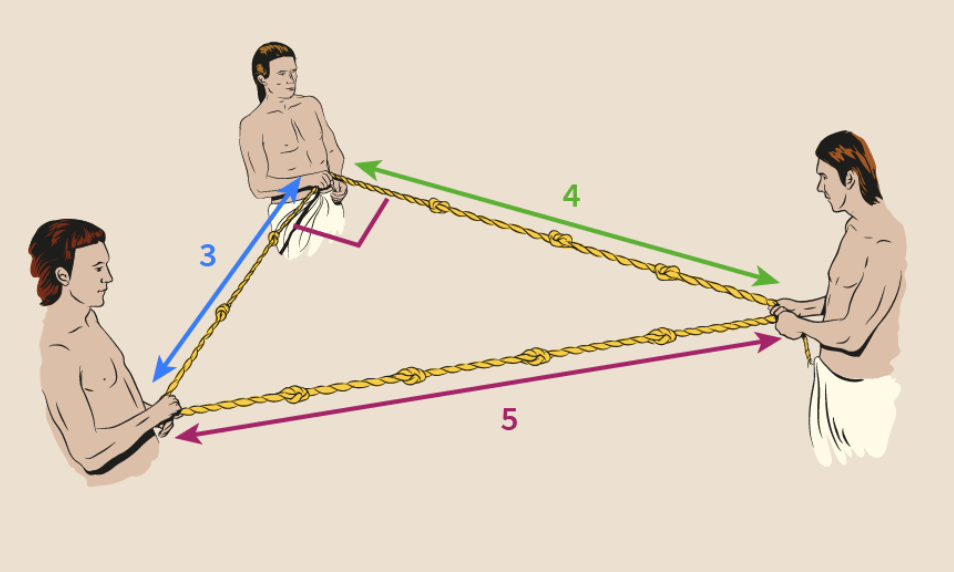
Ancient Egyptian Base 10 Number System & Doubling Method
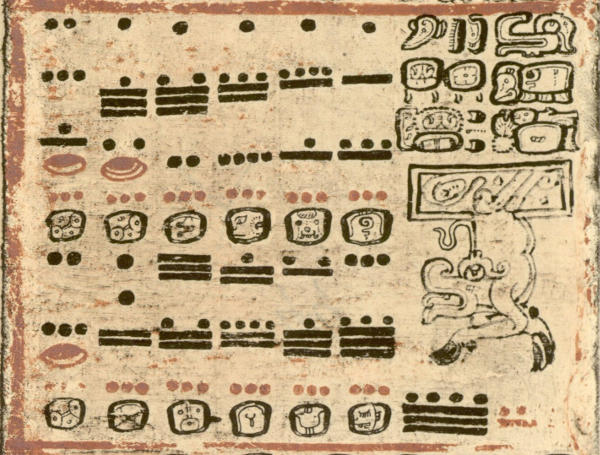
Maya Calendar & Base 20 Number System
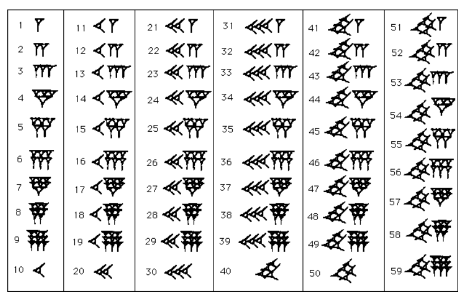
Ancient Babylon Base 60 Number System
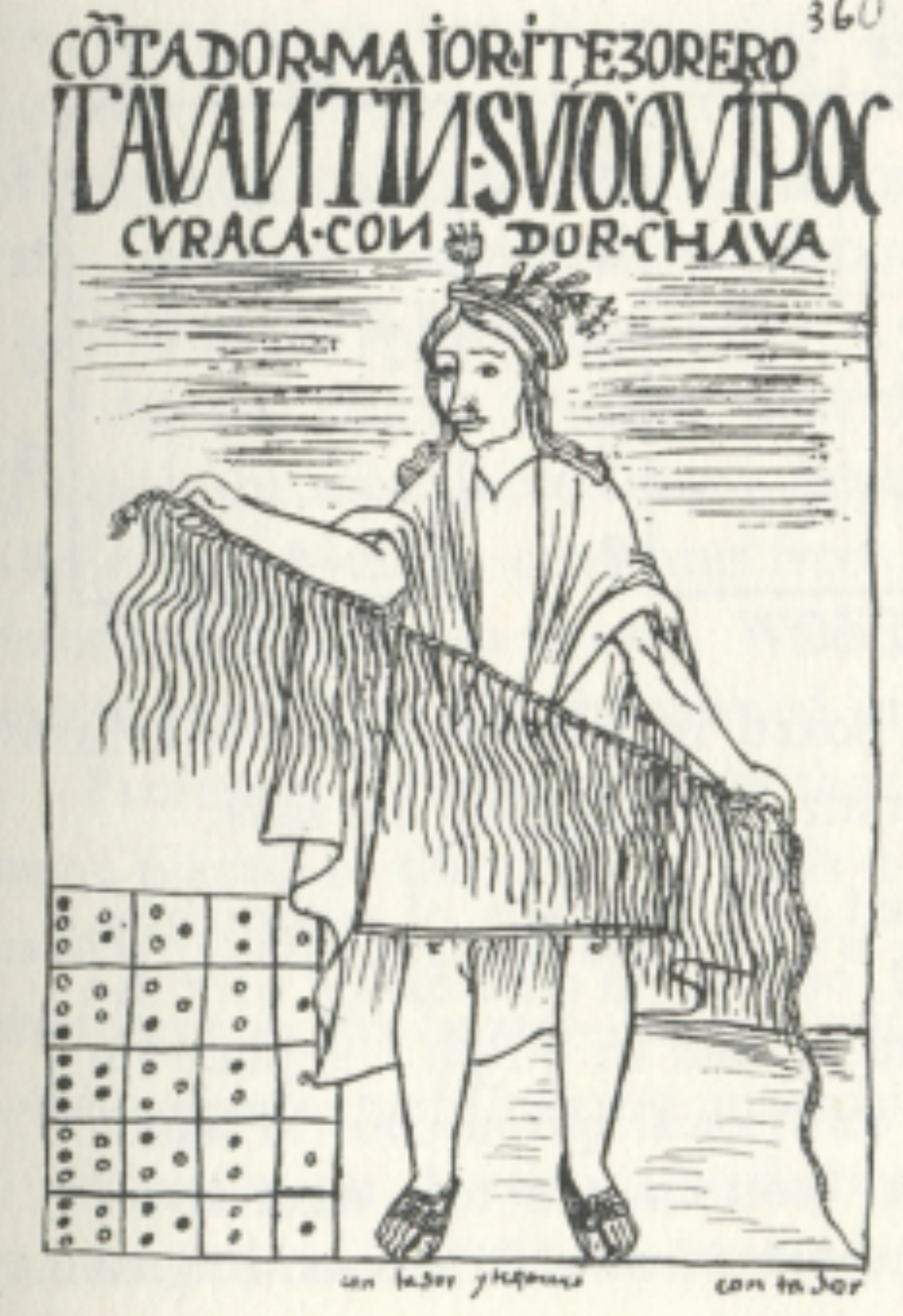
The Origins of Fibonacci’s Sequence
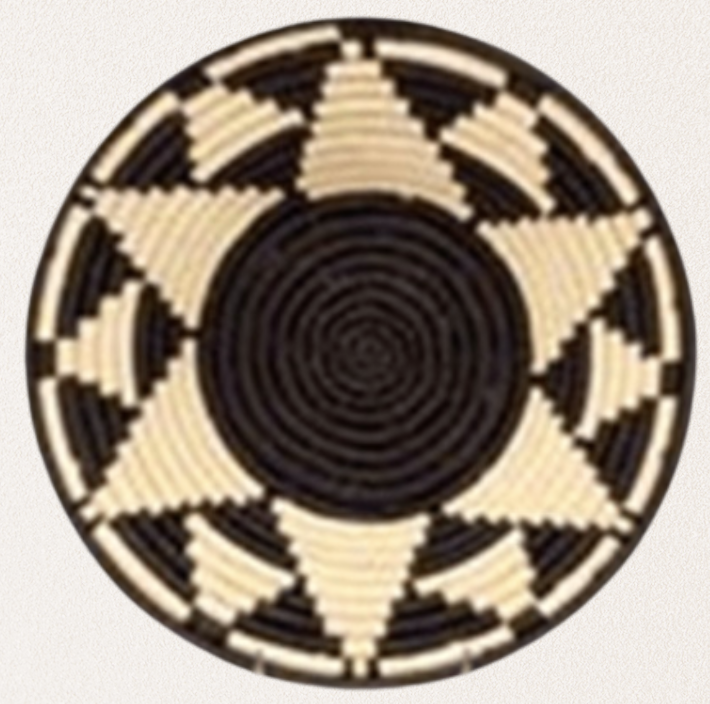
African Baskets & Regular Polygon Rotations
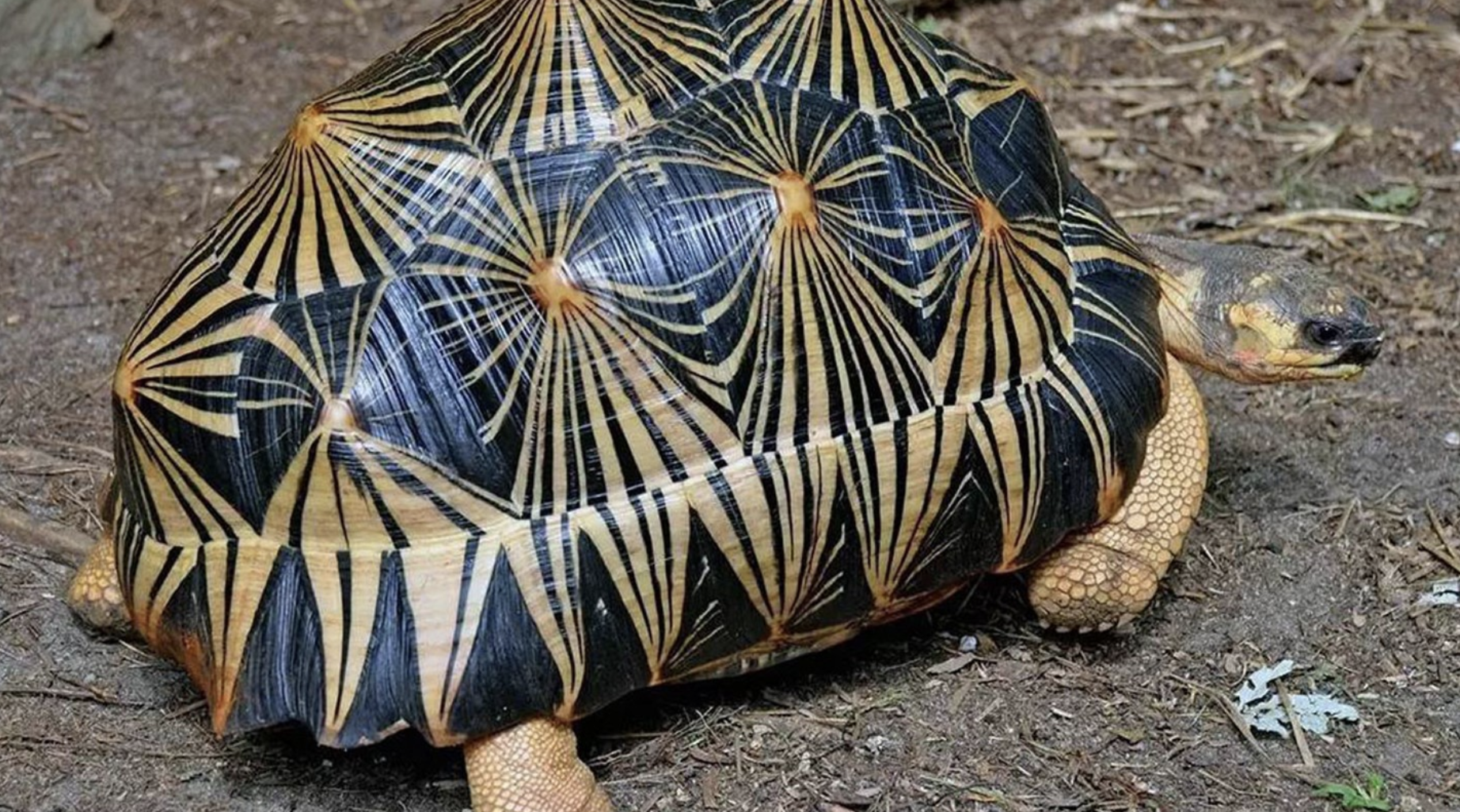
Ancient Mathematical Puzzles: Magic Squares and Hexagonal Tortoises
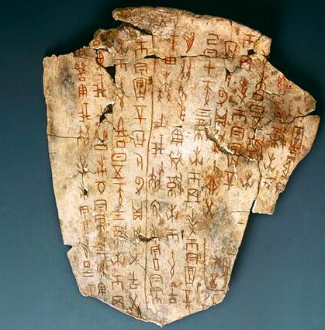
Oracle Bones & Counting Rods

